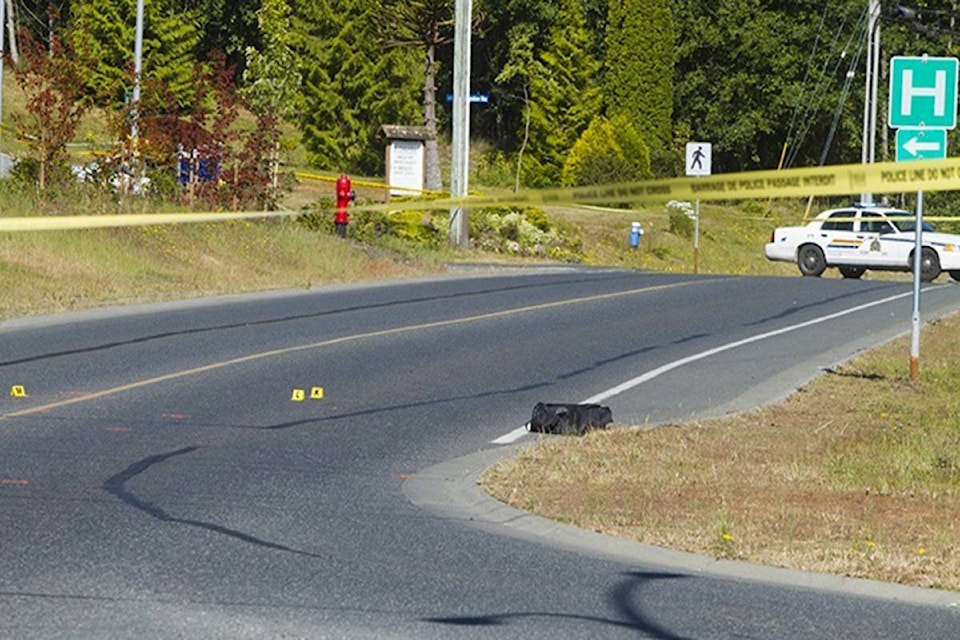Despite the Independent Investigations Office (IIO) clearing the Port Hardy RCMP officer who fatally shot James Hayward in 2015, Hayward’s family still wants answers for his death.
“We kind of had an idea that was how it was going to turn out,” said Nora Hayward, James’ aunt, when asked about the decision. “We weren’t shocked by it, but we did have some hope it would have ended differently and they would have found some kind of culpability from the RCMP.”
Nora added the IIO did not tell her whether there were tasers or pepper spray in the RCMP officer’s car that could have been used to diffuse the situation.
“They didn’t even try anything else,” she said.
According to the IIO’s report, Hayward was confronted by the RCMP approximately 300 metres away from the Port Hardy Secondary School track. He moved towards the police with a knife in his hand and was shot to the ground. Witnesses said Hayward then got up and continued toward the police and was shot again and again fell.
The IIO was notified July 8, 2015 about the shooting, and they finally made their decision to clear the RCMP officer July 26, 2017.
The autopsy was conducted on Hayward July 13, 2015. The autopsy determined that the cause of death was multiple gunshot wounds. The pathologist found that there were five entrance wounds, two complete exit wounds and one partial exit wound on Hayward’s body.
Toxicology reports found no drugs or alcohol in his system.
“We didn’t hear the cause of death for two years,” said Nora, who added the investigative coroner is looking to apply for a coroner’s inquest (a formal court proceeding with a five-person jury held to publicly review the circumstances of a death), which will hopefully give the family the answers they are still looking for.
“James was diagnosed as bipolar,” said Nora, who added he loved “creating wooden artwork, and he really wanted to be a father.”
Nora admits he was troubled. “He had his challenges, but he was just trying his best with what he had to work with, and he was just beginning — his life was stolen way too soon.”
Marten Youssef, Acting Director, Public Engagement & Policy for the IIO, said the investigation went on so long, “not just because of the many witnesses involved, but all the external reports that we relied on to come to the decision.”
He pointed out the use of force report took approximately one year to complete, and in addition to those issues, “it also happened at an incredibly busy time for the IIO.”
The officer who fired his weapon declined to be interviewed or provide any report to the IIO, which Youssef said is a normal occurrence with shooting deaths. “It is very rare for a subject officer to give a statement,” he said, adding the burden of proof “is on the agency and not on the individual. The charter of rights and freedom protects anyone, including the subject officer.”
After reviewing all of the evidence collected, “We came to the conclusion there clearly was an action creating a threat to the officers,” said Youssef, which meant “the matter would not be referred to Crown counsel for consideration of charges.”
